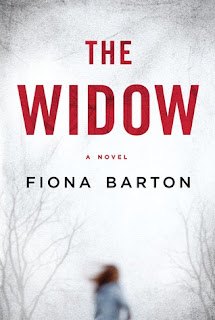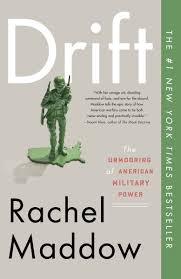Pan de Mie

One of the best sourdough blogs on the Internet is The Perfect Loaf . This week in my Inbox, Maurizio, the blogger, sent a recipe for Pan de Mie , an enriched, all white flour bread. Not only is Pan de Mie made from white flour, but Maurizio suggests All Purpose Flour, not even bread flour. His one concession to uniqueness is sourdough rather than yeast. There are many steps, divided by the hour over the course of two days. The final formula has honey, milk, and butter beat into the dough. My white flour sourdough starter. It is about 30 years old now made from yeast and bacteria captured here in Meadville, PA. After I mixed all the ingredients I had a dough I divided in two. I baked one in a Pullman Pan, that is a bread tin with a top that slides on to seal the bread on all four sides, and the other I baked in an open bread tin. I brushed an egg wash on the loaf in the open tin. The Pan de Mie was creamy in texture and flavor. The sourdough made the bread much more inter...





